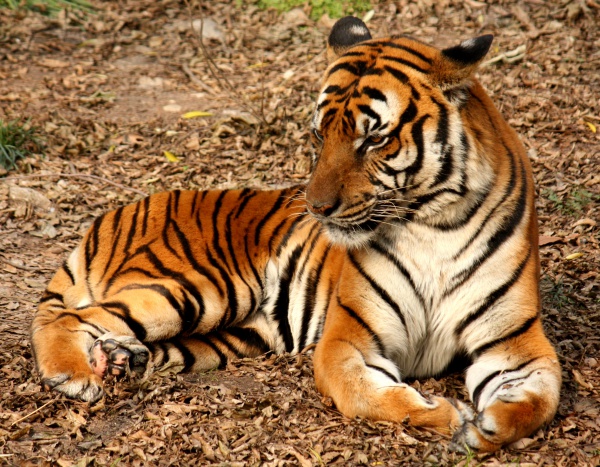Facts About South China tiger
The South China tiger, or Panthera tigris tigris, was once a majestic presence in southern China, roaming the provinces of Fujian, Guangdong, Hunan, and Jiangxi. Sadly, since 1996, it has been listed as Critically Endangered. By the early 1970s, it was likely extinct in the wild primarily due to habitat degradation, low prey density, and human pressures.
What set the South China tiger apart was its unique size. It was smaller than other mainland Asian tiger subspecies but larger than those found in the Sunda Islands. The population faced a dramatic decline over the years, plummeting from over 4,000 individuals in the 1950s to just 30-40 by 1987.
In response to this crisis, several conservation efforts were put in place, including establishing protected areas, banning hunting, and launching captive breeding programs. Organizations like Save China's Tigers have focused on rewilding captive-born tigers, aiming to reintroduce them into the wild. However, captive populations have faced challenges such as inbreeding and genetic diversity issues.
Rewilding, the process of rehabilitating captive tigers to regain their hunting instincts, has been a cornerstone of these conservation efforts. Save China's Tigers has even conducted rewilding projects in South Africa to prepare these tigers for a hopeful return to their native Chinese habitat.
Despite some claims and controversies over sightings and photographs of South China tigers in the wild, the population remains functionally extinct. Conservationists continue to focus on captive breeding, rewilding, and potential reintroduction efforts to bring this critically endangered subspecies back from the brink of extinction.

 Russia
Russia